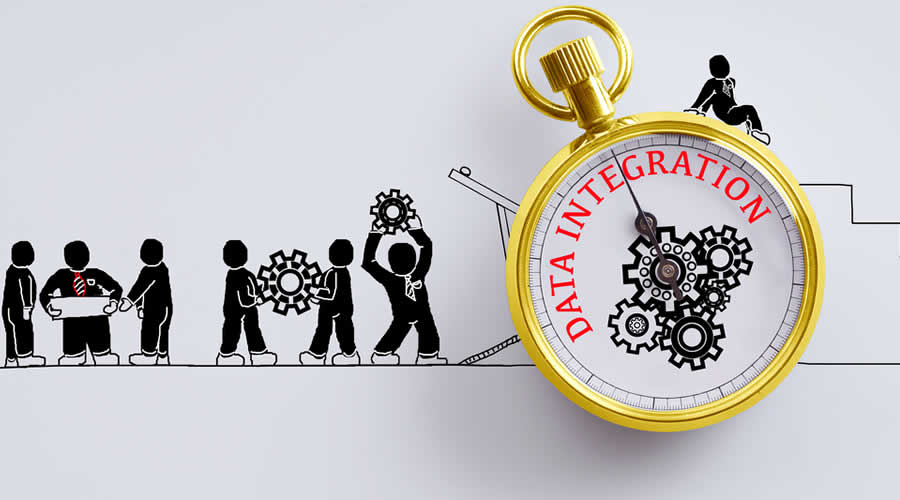Finding just the right toys for your kid or the adult on your list that is a kid at heart can be a challenge. With fads changing faster than ever before, technological gadgets and toys can be a great choice. With technology taking over so many facets of life, it’s no surprise that it has now emerged with a bang into the toy industry.
Many of these remotely operated toys are easy to use and come with downloadable apps that go right on your smartphone. There is no need to buy and learn to use a complex hand-controlled system. The advantage of using a smartphone app as your remote is that your program will be automatically updated whenever there are changes to the system.
When choosing a new tech you, take the time to research the best RC rock crawlers via Dronethusiast or take a look at some of the other amazing remote toys on our list below.
Contents
Sphero BB-8
Every Star Wars fan will fall in love with this adorable robotic replica that looks and moves just like the little fellow in the movie. For under $150 you can enjoy hours of fun with this simply designed technical marvel. The Sphero BB-8 can be operated up to 100 ft radius, giving you the freedom to take the fun all over the house. The toy comes with a detachable head, holographic features, and a specially designed loading dock.
Wowwee R.E.V. Air
This combination RC toy comes with a flyable drone and car combination from Wowwee. The game consists of a ground to air battle that will keep your kids entertained for hours. Each player can choose whether to pilot from the sky or the ground, or a solo player can choose a vehicle and have the other controlled via Artificial Intelligence. The copter and car are both equipped with high-tech sensors that control the virtual weapons that are waged in war during this exciting game.
Power Up Paper Airplane
This application comes in complement to your own creative designs. For around $20 you can download the Power Up Paper Airplane app that goes with the front smart sensor, rudder, and propeller that can be attached to any paper airplane design. Browse the app to find a series of airplane design templates that you can try. This game can stay charged and in the air for hours and comes with its own USB for rebooting.
Brookstone Rover – Land & Sea
There is nothing as magical to a kid as being able to control every movement of a toy. With this RC rover, your kids can enjoy racing and exploring inside or outdoors. The Brookstone rover has a built-in camera so you can watch your journey right on your smartphone from out of sight. The sturdy all-terrain construction is great for racing anywhere outside and it’s also waterproof so the kids can take it right in the water with them.
Conclusion
Technology has created some amazing innovations in the toy industry. Let your children or another “child at heart” enjoy the thrill of remote control power in the palm of their hands.









